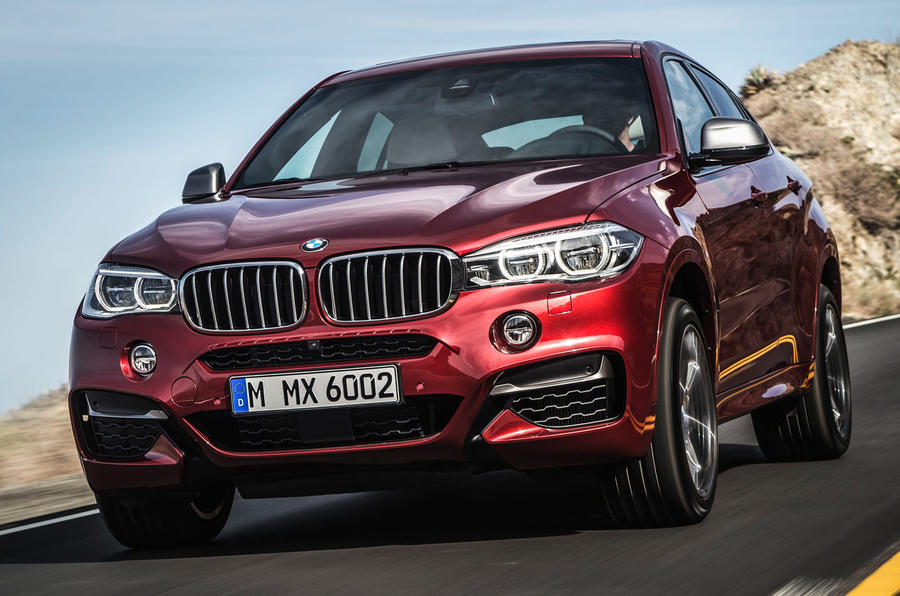BMW has delayed the launch of the second-generation BMW X6 SUV, pushing the model back to a planned debut at the Paris motor show in October.
A BMW spokesman told Autocar the decision to remove the X6 from its planned unveiling at the Moscow motor show in August was down to more of the model's potential customers being at the Paris show.
The new X6 is due to go on sale in the UK in December, priced from £51,150.
Despite a slow start in the midst of a global financial downturn, the first-gen X6 has proved highly successful. BMW claims global sales of more than 250,000; that’s an annual average of more than 40,000 throughout its six-year production cycle.
The second-gen X6 has been comprehensively re-engineered in a joint development programme with the recently introduced third-gen BMW X5, alongside which it will be produced at BMW’s US factory in South Carolina.
The styling of the new SUV has been progressed using an evolutionary approach that retains a similar silhouette to its predecessor’s but with even bolder detailing at the front and rear. The body of the new SUV receives a more structured look than its predecessor, with subtle nods to the smaller and cheaper X4.
The new X6 is slightly bigger than its predecessor, but not by as much as earlier disguised prototypes had suggested. At 4909mm in length, 1989mm in width and 1702mm in height, it is 34mm longer, 4mm wider and 12mm higher than the outgoing X6. The wheelbase has been reduced by 2mm, to 1933mm.
It hits the scales 10kg below that of the old model at 2065kg in its lightest xDrive30d guise, despite higher equipment levels.
Inside, the latest X6 receives a restyled dashboard, more heavily contoured seats and luxurious trims - much of which are shared with the X5. Load space has increased, but only modestly. At 580 litres, the new X6 offers 10 litres more luggage capacity underneath its cargo blind than its predecessor with its newly configured 40/20/40 rear seats in place.
BMW has revealed three launch engines for the new X6 - one petrol and two diesels. All engines are mated to a standard-fit eight-speed automatic gearbox and BMW’s xDrive four-wheel drive system, which can be enhanced with a Dynamic Performance Control option that adds an electronically controlled torque vectoring function for added traction.
Crowning the line-up at the launch will be the xDrive50i, which runs a turbocharged 4.4-litre V8 petrol engine. It produces 443bhp and 480lb ft of torque, up 42bhp and 37lb ft compared with its predecessor. It can dispatch the 0-62mph sprint 0.6sec quicker than its forebear, at 4.8sec.


















































Join the debate
Add your comment
Thought as much
The current X6 really has
Great if you like ugly cars